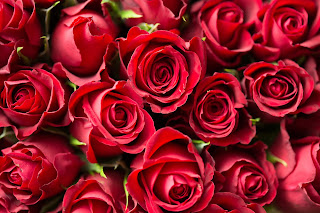 Why Do We Celebrate Valentine’s Day?
Why Do We Celebrate Valentine’s Day?
While many of us chock Valentine’s Day up to created as a “Hallmark Holiday” it actually has roots as far back at the 3rd century. In that time period Emperor Claudius the 2nd made a declaration that in order for soldiers to perform better in battle they should remain single. He then decreed that marriage was illegal for young men. Meanwhile, a young Roman priest named Valentine defied this clause and continued performing marriages to young couples in love. When Claudius eventually found out, Valentine was promptly sentenced to death for his violation. While imprisoned, and despite his commitment to the priesthood, Valentine fell in love with the daughter of the jailor. Before his death sentence was carried out, Valentine professed his love in a letter and signed it, “From Your Valentine”. He was put to death on February 14, 270 AD. Around 500 AD, Pope Gelasius declared February 14th the feast day to honor now Saint Valentine. Over the years this date in history became tied with the celebration of love.
 A Brief History of Roses
A Brief History of Roses
Have you ever wondered how and why roses became the symbol of love on Valentine’s Day? Where is the connection between Saint Valentine’s profession of love and the billions of dollars spent on flowers each February? This long-standing tradition began hundreds of years ago during the Victorian era. Throughout history many different flowers have symbolized emotions like love and friendship. During the Victorian era this tradition known as floriography, which became an advanced study in human emotion. Each type and color of flower represented a message that would be quietly conveyed to the recipient. Each kind, color, arrangement and grouping of flowers was meant to signify a specific feeling. During this time period emotional outpourings were frowned upon. Instead feelings of love, passion, friendship and even those such as grief and anger were to be represented in other ways. Enter floriography. This “flower poetry” became a quickly adopted custom with flower dictionaries being published throughout the 19th century. These guides mapped out each flower's meaning, and how they were to be given, received, and combined to convey just the right message.



